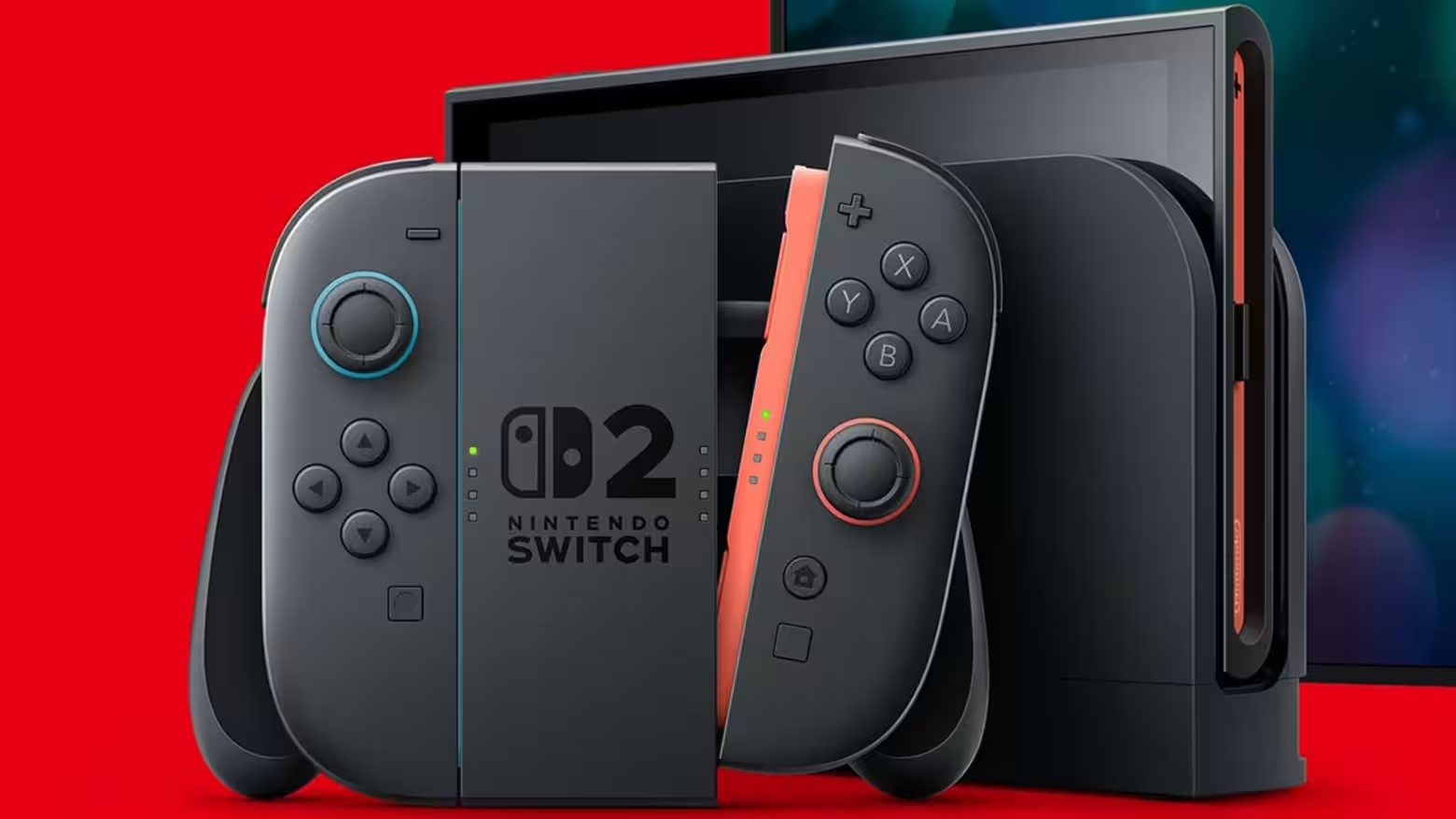Article content User interface design is hard, especially within the confines of an automotive environment that’s intended to travel at highway speeds. It’s here that the conflicting demands of safety, customer demands, and the ever-increasing list of apps and features shovelled into today’s vehicles meet and compete for the limited attention resources of the driver One consistent downside of the digital revolution inside modern cars and trucks has been the tendency to rely on software to pick up the slack when cutting production costs, smoothing out interior design, or attempting to monetize every waking moment a vehicle is occupied. Screens might be cheap, but the safety and convenience costs of implementing a poorly thought-out user interface can be high.
Here are four of the most egregious mistakes interface designers continue to make after all these years. Trying to do everything with limited real estate No matter how big you make an LCD panel, it still represents a limited portion of the available dash space available to a designer, and as such, it can only handle so many tasks before the onscreen real estate begins to feel a bit crowded. Panels that span from one door to the other are now common in high-end luxury models, but the reverse has also become true for a slice of the more affordable market.

It’s no longer unusual to open the driver’s door and find a single screen perched in the middle of the dash that’s tasked with handling absolutely every task that might be required while out on the road, while also replacing the vehicle’s gauge cluster. Perhaps the poster child for this control consolidation is the current Mini family. The Cooper and its ilk rely on a single display to handle not just infotainment duties but also basic vehicle information such as speed and status.
On top of that, the display itself is round rather than rectangular, which looks slick but removes substantial usable area versus a panel with 90-degree corners. The single screen / circular affectation has a huge impact on usability. Mini’s UI designers were forced to cram menus and sub-menus in wherever they could, which means users are facing down a small icon bar at the bottom of the screen, curved sliders for heating and cooling controls up the sides, and a scattershot array of numbers, icons, and letters indicating transmission gear, safety system status, and speed limit info clustered at the top.
Configuration choices for the car slide in and out from left and right, and it’s hard to tell how deep you are in any given menu, or where the next button press might lead you. A do-everything single screen concept is a bad idea for modern vehicles loaded with the sheer amount of apps, features, and functionality automakers are insistent on providing owners. Sizing down to a porthole-sized display just makes things worse.
Forcing a fight between safety tech and infotainment Even if you make a single-screen solution larger and tablet-shaped to maximize the number of pixels at your command, feature consolidation raises another, and perhaps even more serious, user interface design failure. The Volvo EX30 , like many Minis, does away with a traditional gauge cluster and has even fewer—essentially zero—buttons to play with outside of its steering wheel controls. Everything is routed through, and displayed by, the 12.
3-inch vertically-oriented display sitting at the dashboard’s center. Despite the additional room to manoeuvre, the EX30’s user interface is just as complicated as the Mini’s, and pulls considerable concentration away from the task of driving. Don’t take my word for it: Volvo’s on-board driver monitoring systems are all too willing to let you know just how risky it is to interact with the EX30’s infotainment while underway.
During my time with the car the driver attention monitor regularly scolded me for not keeping my eyes on the road as I worked my way through the touchscreen’s various icons and menus. The fact that simply using the Volvo as designed is judged by its robotic safety sentinel to be too dangerous to allow is a stunning indictment of its UI. Swapping hard buttons for on-screen icons The Volvo EX30 ’s dedication to software over hardware highlights another, equally serious risk associated with confusing interface design: basic tasks that would have required a simple button-push in nearly any other automobile become actual safety concerns for the driver, other vehicles, and pedestrians in the immediate vicinity.
Perhaps the most alarming experience I had with the EX30’s infotainment came when I was caught in a blizzard on a two-lane country road. In most vehicles equipped with fog lights, whether front or rear, a simple knob twist or button push is enough to activate them. For the Volvo , which is absent any form of physical controls, I had to dig into several sub-menus to find the rear fog light option.
This required taking considerable attention away from the task of driving during weather conditions that called for the utmost in concentration, creating a very dangerous situation—all by design. It’s difficult to come up with any justification for putting driver’s in harm’s way like this other than the cost savings that come from not having to manufacture a piece of plastic and wire it into the vehicle’s electrical system. Automakers spend huge sums on safety equipment like LiDAR, stereoscopic cameras, and sonar, and yet continue to cut corners in the cockpit, which is arguably the most crucial component of driving safety.
“Will They or Won’t They” touchscreen interfaces Consistency is a key feature of user interface design. When interacting with a given piece of software, or even when just twirling a knob, it’s important that it react in a predictable manner each and every time. This allows an interface’s details to become second nature, which makes them easier to operate without demanding valuable clock cycles from a driver’s brain that should instead be focused on the world outside the windshield.
Mazda ’s infotainment screen is illustrative when it comes to confusing and inconsistent capabilities. Depending on the model being driven, the size of the screen, and whether the system is being used in conjunction with Android Auto or Apple CarPlay, or is simply operating natively, it may or may not offer touch capability. Compounding that is touch capability that disappears when driving and reappears when at a stop.
All of the above is a very complicated way for Mazda to say it would really rather drivers use the rotary control knob on the centre console for interacting with its infotainment system at all times—a preference made even clearer by the screen being positioned just out of comfortable arms reach in a number of its models. Unfortunately for Mazda, mobile device mirroring software from Android and Apple was intended to take advantage of what a touchscreen has to offer, which has lead not just to customer expectations when using infotainment, but also put the company’s philosophy at odds with these very popular apps. This has lead to the hodgepodge of context-sensitive controls installed across its lineup, which is confusing for drivers and clunky when presenting an experience many of its display screens simply weren’t designed to accommodate.
Sign up for our newsletter Blind-Spot Monitor and follow our social channels on X , Tiktok and LinkedIn to stay up to date on the latest automotive news, reviews, car culture, and vehicle shopping advice..
Technology

4 Mistakes that automotive user interface designers keep making

These basic software don’ts keep drivers from what they need to do















